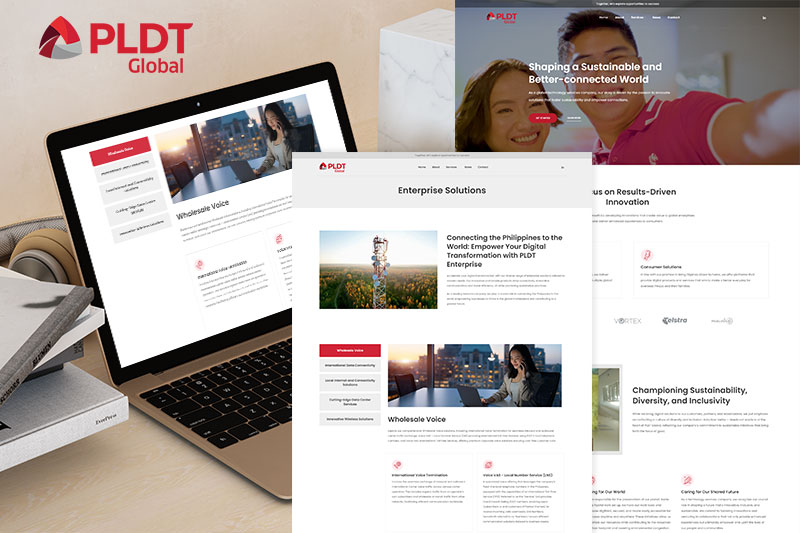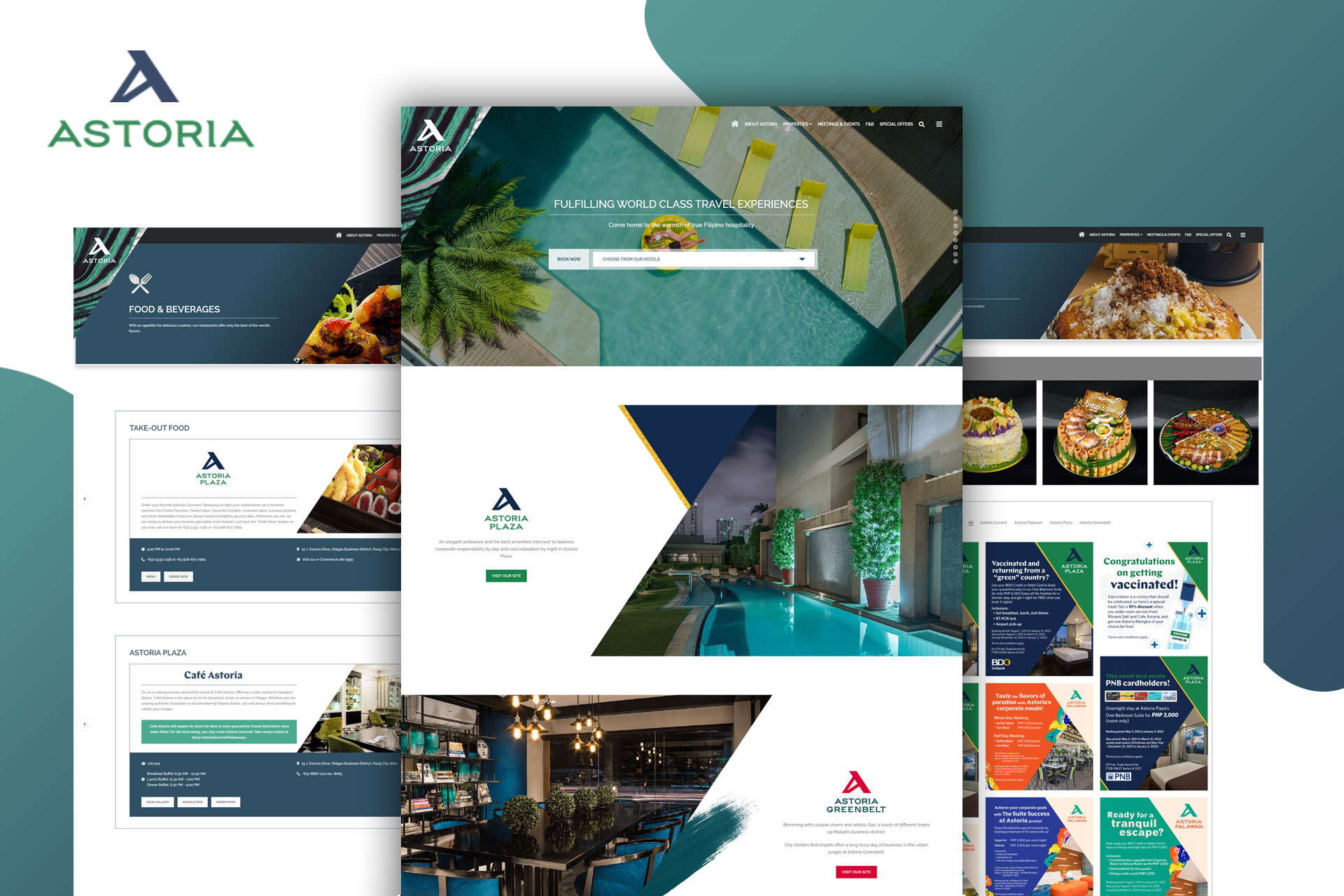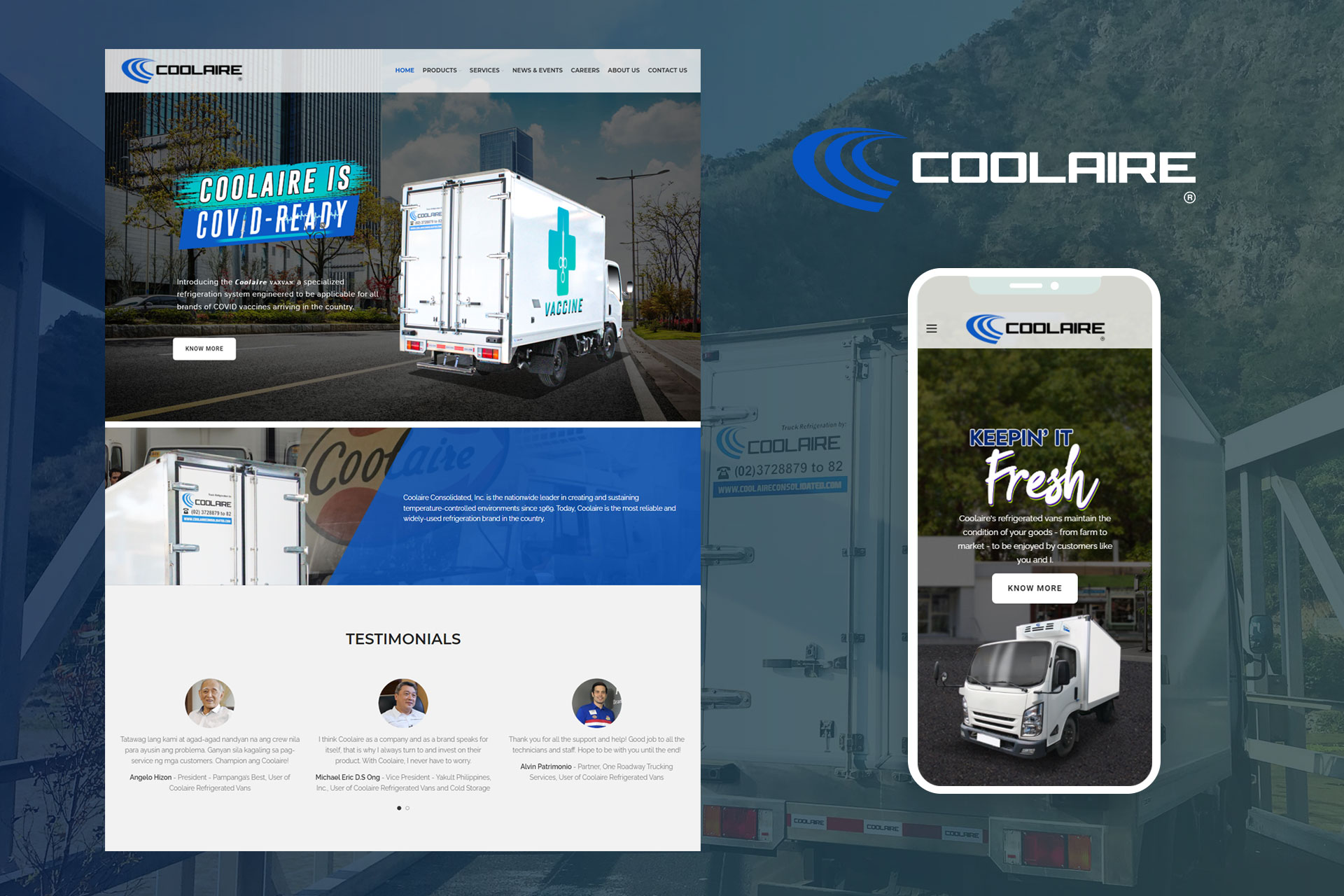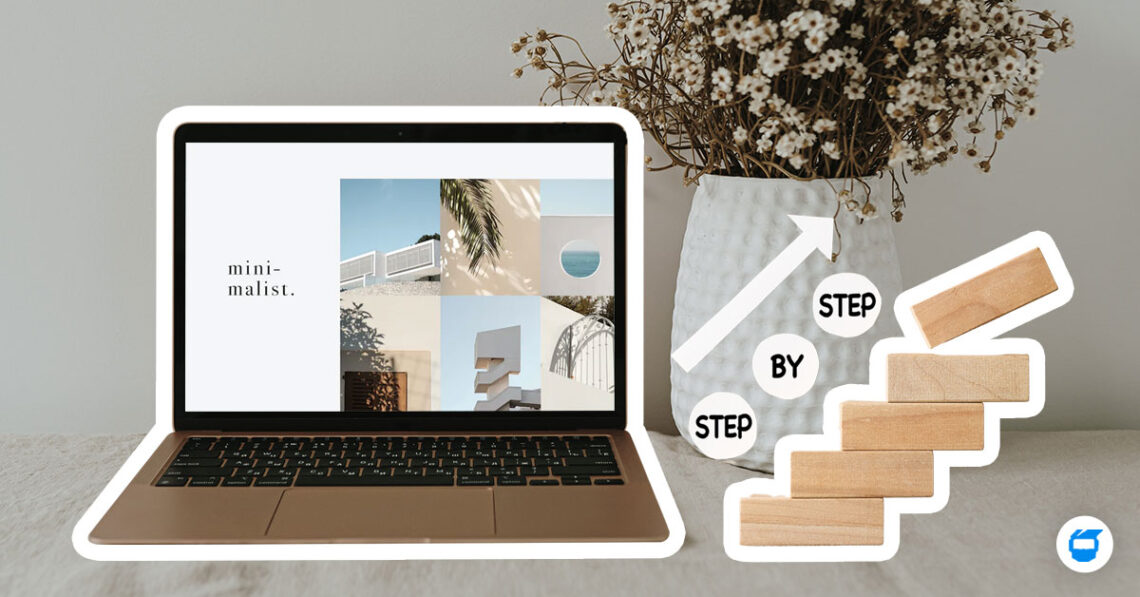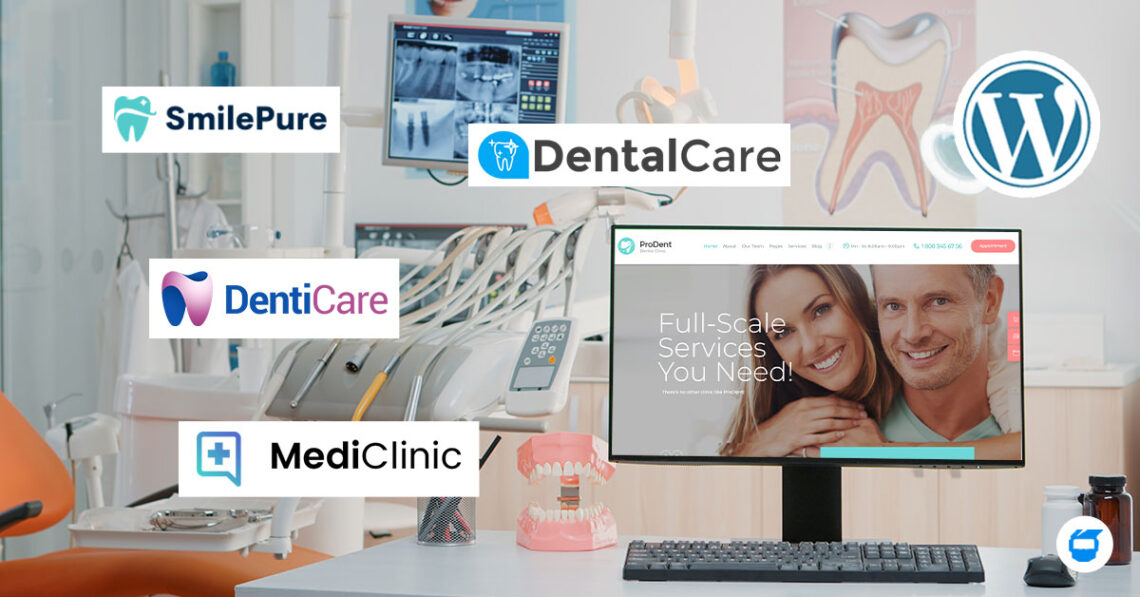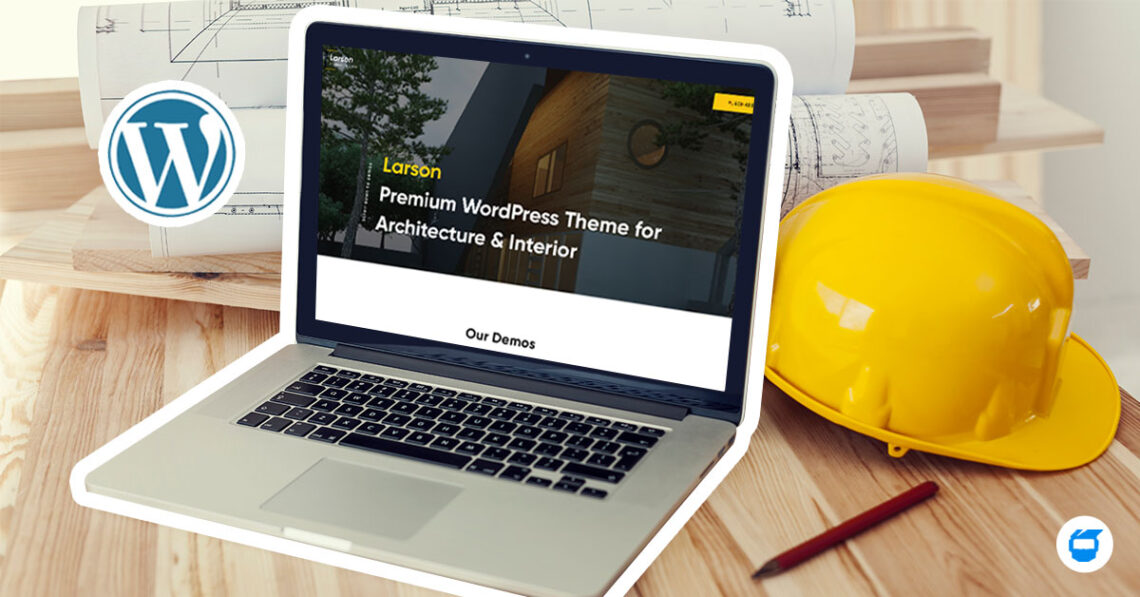You’ve worked hard to create your beautiful Shopify store and feel like it is a great representation of your brand. With competition growing daily, it can be challenging to stay relevant in your industry while providing the best possible user experience. It’s important to recognize the difference between an aesthetic lift and a necessary update to the site’s backend platform and design to best support your business and drive consistent revenue. With this helpful guide, you can learn how to redesign your Shopify website to adapt to changing technology and business needs, as well as discover a handful of tools that can aid in the process.
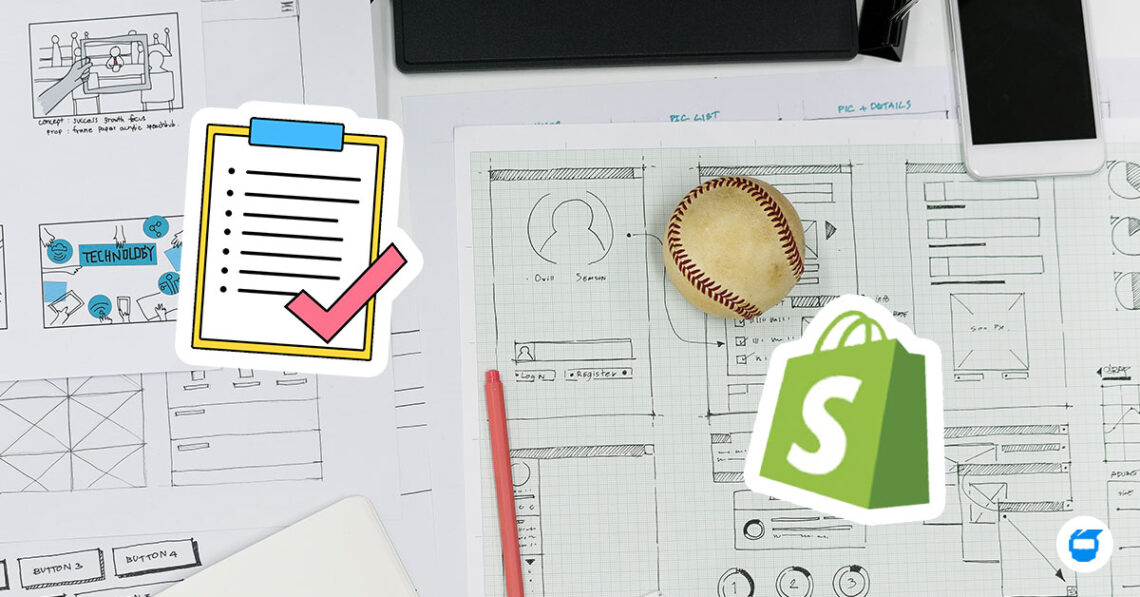
When Should You Consider Redesigning Your Shopify Website?
When you first launch a store on Shopify, it’s easy to think that the design is working just fine. But as your store grows and evolves over time, you may find that once effective marketing strategies aren’t as effective as they were in the past. That’s where a complete redesign can help by giving you a fresh look at your company.
Each year, when you review your business goals, ask yourself if the site is helping to achieve those goals. You will need to understand how your website impacts revenue and sales. Assuming you have a quality product, email marketing, and are up to date with social media and your SEO, there is bound to be something that can be tweaked or adjusted on your website. And with that said, here’s a helpful guide to get you started:
1. Plan Your Website Redesign
Think about what future technologies you might want to incorporate into your website — future versions of web browsers, for example, the site may be developed so that it works well not only with technologies already in widespread use but also with those likely to become popular soon. JavaScript frameworks change so frequently that it can be difficult to plan ahead; you never know what technology will exist or what your site you may need a year from now. That’s why it’s important to plan ahead.
2. Check The Critical Features of Your Website
The redesign you are about to embark on is a good time to reevaluate the critical features of your brand, as well. Your website is a reflection of your business and its features should reflect the important aspects of your business. Take some time to identify what they are and how they can be optimized and improved when planning the redesign. There are many ways you can assess your website, but one of the first things to start with is figuring out how your current site is lacking in performance. You want to look at things such as site speed, ease of use, and accessibility across all modern browsers.
Let us point you in the right direction by looking at possible key features when critiquing your website.
- Advance Site Search Feature: Site search allows users to have multiple options when searching for a particular product or service via the website. Improving a site search feature will not only provide a better overall user experience, but it will also improve conversions.
- Smart Forms: Previous customer information can be used to fill up forms automatically, enhancing user experience on your website.
- Testimonials or Reviews: Social proof plays a key role in the buying process. Your business will attract new customers by offering them an easy way to leave reviews of your products, making those products easier for other shoppers to find you on Google or through search engines.
- Customer’s Wishlist: Make it easier for your customers to save the products they like, so that when they are ready to buy, they can quickly find what interests them most.
- Related Items: Curating a “You Might Like This” section can pique customer interest while upselling products to consumers.
- Frequently Asked Questions Page: Build your credibility and establish trust with customers by including a frequently asked questions or FAQ page that answers all their concerns.
- Social Content: Add your social media and outreach efforts to your site to help build an emotional appeal. Consumers want to hear your brand story, so use content from the channels as a way of visually sharing that story with them.
- Checkout Process: In order to make your online store more user-friendly, consider streamlining the checkout process, so that customers can purchase products in just a few steps.
- Rewards Program For Your Customers: Build a loyalty program that rewards customers for their purchases. The program should provide data about what is working and not, insight into the customer base, gifts or points to redeem for discounts on future purchases.
3. Check Your Website Structure
Most people overlook the need to strengthen their website structure during a redesign. Whether you are redesigning an e-commerce site, a blog, or even a portfolio site, taking into consideration your website’s architecture is absolutely crucial to the success of your project. If you fail to build a solid website foundation and structure, then the hard work you put into optimizing rankings and feeds down the line will fall flat.
Your website structure provides the means for organizing content and choosing canonical URLs for each piece of your online presence. As a part of the website architecture, you can guide readers to a desired content by using logical page titles – instead of multiple versions of the same web page with different structures.
4. Integrating Website Design and SEO
A website’s design and the optimization of that design are both important factors to consider when redesigning your Shopify website. While the design may play an important role in branding, it is also likely to affect how effectively the site operates. For example, if a web design causes a slower loading time than anticipated, then it would be less likely that visitors would revisit that site.
Visitors who find that they were unable to complete their tasks using the site will not return even if they were impressed by its layout of it. On the flip side, SEO strategists and developers must do their part in working on the overall online visibility and user experience of the company’s website. A site can lose its value, even without having a bad design, if it fails to provide information or services desired by users.
5. Shifting Content
One of the biggest mistakes you can make when moving a site is to move content without considering how that content translates to the new structure or what Google will make of it. You can avoid making this mistake if you think about these things in advance:
- Focus on the core pages that are driving traffic and make sure the content is copied over to those pages.
- Optimize the images on your new page.
- Optimize the title, description, and header tags so that they contain the same keywords used to optimize the text of your posts.
6. Data Integrations
A website redesign can have significant consequences for a company’s data, as well as its various integrations. This could lead to skewed information across accounts and headaches for employees trying to collect new kinds of information from customers. When making changes to your current website, such as upgrading or modifying the shopping cart, migrating content from an old CMS platform, etc.— you’ll want to pay close attention, so that you can avoid any pitfalls relating to data integrity.
Ultimately, there is no right or wrong way to redesign your Shopify website since it depends on the business goals you hope to achieve. While you may not be able to fully satisfy every visitor, engaging them in a way that generates interest and commitment will help keep them coming back for more. Most importantly, a positive user experience should always be the focus of your efforts. If a redesign works well within that context, then those users are likely to stick around for the long run.
Do you need help with your Shopify website design? Contact us now! We’re happy to help.


 Shopify Website Design
Shopify Website Design  Small Business Marketing
Small Business Marketing 